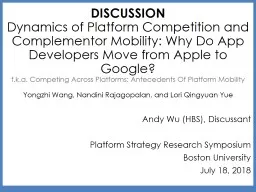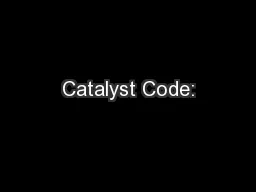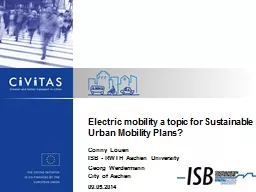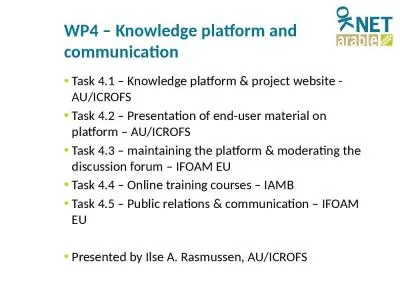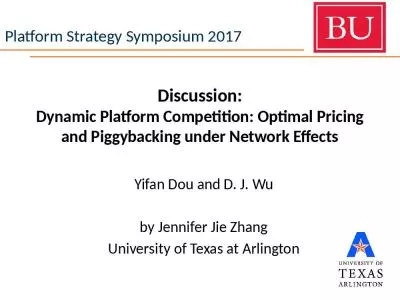PPT-DISCUSSION Dynamics of Platform Competition and Complementor Mobility:
Author : kittie-lecroy | Published Date : 2018-11-22
Why Do App Developers Move from Apple to Google fka Competing Across Platforms Antecedents Of Platform Mobility Yongzhi Wang Nandini Rajagopalan and Lori Qingyuan
Presentation Embed Code
Download Presentation
Download Presentation The PPT/PDF document "DISCUSSION Dynamics of Platform Competi..." is the property of its rightful owner. Permission is granted to download and print the materials on this website for personal, non-commercial use only, and to display it on your personal computer provided you do not modify the materials and that you retain all copyright notices contained in the materials. By downloading content from our website, you accept the terms of this agreement.
DISCUSSION Dynamics of Platform Competition and Complementor Mobility:: Transcript
Download Rules Of Document
"DISCUSSION Dynamics of Platform Competition and Complementor Mobility:"The content belongs to its owner. You may download and print it for personal use, without modification, and keep all copyright notices. By downloading, you agree to these terms.
Related Documents

